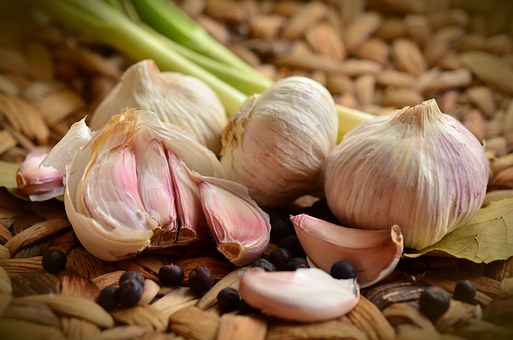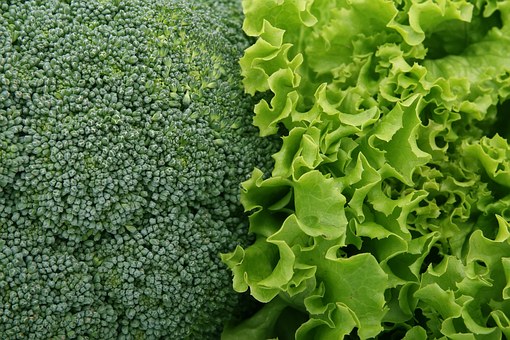Blueberries are Packed with Antioxidants

Blueberries have more antioxidants that any other fruit or vegetable, as well as being packed with Vitamin C and E, fiber, potassium, calcium and folic acid. They contain dark pigments called anthocyanins, which are flavonoids that protect and strengthen small blood vessels, preventing thread veins. Blueberries are also extremely high in resveratrol, a flavonoid that protects against inflammation and is thought to be anti-ageing.
Milk destroys antioxidant benefits of blueberries
A study reported in the journal Free Radical Biology and Medicine found that the antioxidant properties of blueberries were reduced because of their affinity for protein. They examined the the availablility of phenolics after the consumption of blueberries with and without milk. Phenolics are the active compounds in plants that give blueberries their antioxidant potential.
The results showed that eating blueberries with water increased plasma levels and levels of caffeic and feulic acids. These are two antioxidants found in blueberries, thought to be responsible for many of their health benefits. However, when blueberries and milk were ingested together, there was a reduction in the peak plasma concentrations of caffeic and ferulic acids as well as the overall absorption of caffeic acid.
Serafini M et al Antioxidant activity of blueberry fruit is impaired by association with milk Free Radical Biology and medicine 2008 (Article in press)
Abstract
"The antioxidant properties of dietary phenolics are believed to be reduced in vivo because of their affinity for proteins. In this study we assessed the bioavailability of phenolics and the in vivo plasma antioxidant capacity after the consumption of blueberries (Vaccinium corymbosum L.) with and without milk.
In a crossover design, 11 healthy human volunteers consumed either (a) 200 g of blueberries plus 200 ml of water or (b) 200 g of blueberries plus 200 ml of whole milk. Venous samples were collected at baseline and at 1, 2, and 5 h postconsumption. Ingestion of blueberries increased plasma levels of reducing and chain-breaking potential (+ 6.1%, p < 0.001; + 11.1%, p < 0.05) and enhanced plasma concentrations of caffeic and ferulic acid. When blueberries and milk were ingested there was no increase in plasma antioxidant capacity. There was a reduction in the peak plasma concentrations of caffeic and ferulic acid (- 49.7%, p < 0.001, and - 19.8%, p < 0.05, respectively) as well as the overall absorption (AUC) of caffeic acid (p < 0.001).
The ingestion of blueberries in association with milk, thus, impairs the in vivo antioxidant properties of blueberries and reduces the absorption of caffeic acid."
This study provides further evidence that the best way to gain maximum benefits from blueberries and other fruits eaten for their polyphenol content is to consume them either one hour before protein is consumed, or two hours after. It also supports the idea that fruit should be eaten on its own.
Health Benefits of Blueberries
Other studies have shown that blueberries can improve memory and cognitive function, such as Alzheimer's disease, and can improve balance and co-ordination functions in animal models.
Several studies have demonstrated the cancer-fighting properties of blueberries. Ellagic acid is a natural compound found in blueberries that has found to inhibit tumor growth and block metabolic pathways that can lead to the initiation and promotion of cancer. A study reported in the Journal of Agricultural and Food Chemistry found that blueberries inhibit colon cancer cell proliferation and induce programmed cell death
Blueberries, like cranberries, contain compounds that prevent the bacteria responsible for urinary tract infections like cystitis. Both diarrhea and constipation can be relieved with blueberries. Their tannin concentration helps reduce inflammation in the digestive tract as well as in the urinary tract.
Tips for Using Blueberries
- Choose fresh blueberries that are ripe and with a deep blue color, as they will have greater antioxidant content.
- Store unwashed blueberries in the refrigerator, and they should keep for about a week.
- Remove any damp, moldy or decaying blueberries before storing, so that they don't spoil the whole batch.
References
- Shukitt Hale, B., Lau, F.C., Carey, A.N., Galli, R.L., Spangler, E.L., Ingram, D.K., Joseph, J.A. 2008. Blueberry polyphenols attenuate kainic acid-induced decrements in cognition and alter inflammatory gene expression in rat hippocampus. Nutritional Neuroscience. 11(4):172-182.
- Joseph JA et al. Reversals of age-related declines in neuronal signal transduction, cognitive, and motor behavioral deficits with blueberry, spinach, or strawberry dietary supplementation. Journal of Neuroscience. September 15, 1999, 19(18); 8114-8121.
- Schmidt BM et al. Effective separation of potent antiproliferation and antiadhesion components from wild blueberry (Vaccinium angustifolium Ait.) fruits. JAgric Food Chem. 2004 Oct 20;52(21):6433-6442.
- Schmidt BM, Erdman JW Jr, Lila MA. Differential effects of blueberry proanthocyanidins on androgen sensitive and insensitive human prostate cancer cell lines. Cancer Lett. 2006 Jan 18;231(2):240-246.
- Sweeney MI, Kalt W, MacKinnon SL, Ashby J, Gottschall-Pass KT. Feeding rats diets enriched in lowbush blueberries for six weeks decreases ischemia-induced brain damage. Nutri Neuroscience. 2002 Dec.; 5(6): 427-431.
Link to this article: Show: HTML Link • Full Link • Short Link
Share or Bookmark this page: You will need to have an account with the selected service in order to post links or bookmark this page.





|
Related Articles:
- Eating Berries Helps Keep the Brain Young, Study Finds
- Blueberries Boost Memory, Study Finds
- Study Finds Blueberries Aid Weight Loss
- Grow Your Way to Health
- Seven Anti-Ageing Foods
- Blueberries are Packed with Antioxidants
- Make Your Own Energising Juices
- Grow Your Own Organic Fruit and Vegetables: Blueberries
- Five Superfoods You Should Be Eating Everyday
- Green Tea, Blueberry and Raspberry Fruit Extracts Touted as Potential Cancer Fighters
You must be registered and logged in to comment.
Most Popular
Latest Articles
Popular Subjects
Health, fitness and longevity
Based upon the principles of health
in the Qur'an and Prophetic Traditions.
HealthyMuslim.Com
There are two bounties in which
most people lose out: good health
and free time. Al-Bukhari.























